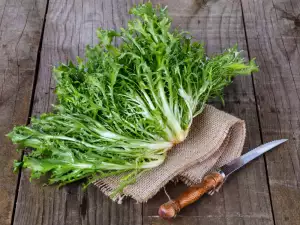Galactose is one of the main sources of energy for the body. It is plain milk sugar. It is necessary for the full functioning of our body and it is also used in medicine and microbiology.
Galactose is a monosaccharide that occurs very often in nature. It is similar in composition to glucose, only slightly differing from it in its atomic structure.
Galactose is found in some microorganisms, in almost all products of plant and animal origin. Its highest content is found in lactose.
There are two types of galactose: L and D.
The first, in the form of a fraction of polysaccharides, was found in red algae.
The second is much more common, it can be found in many organisms as part of various substances - glycosides, oligosaccharides, in a number of polysaccharides of bacterial and plant nature, pectin substances, gums. Being oxidized, galactose creates galacturonic and galactonic acids.
Galactose is used in medicine, as a contrast agent for ultrasound, as well as in microbiology to determine the type of microorganism.

Galactose is actively involved in the creation of cell walls and also helps tissues to be more elastic. It is part of the lipids of the brain, blood and connective tissue.
Galactose is indispensable for the brain and nervous system. A normalized level of galactose prevents the development of dementia as well as nervous disorders. The risk of developing Alzheimer's is reduced.
It also has a beneficial effect on the functioning of the gastrointestinal tract.
Galactose is involved in the creation of hemicellulose, which is needed to create cell walls.
It prevents the development of some diseases of the nervous system.
Foods rich in galactose
The main source of galactose in humans is food. A large amount of food consumed during the day contains lactose, from which galactose is formed in the intestines as a result of hydrolysis. Many foods contain pure galactose. Such products are, for example, milk, sour cream, white cheese, yogurt, kefir.



















Comments